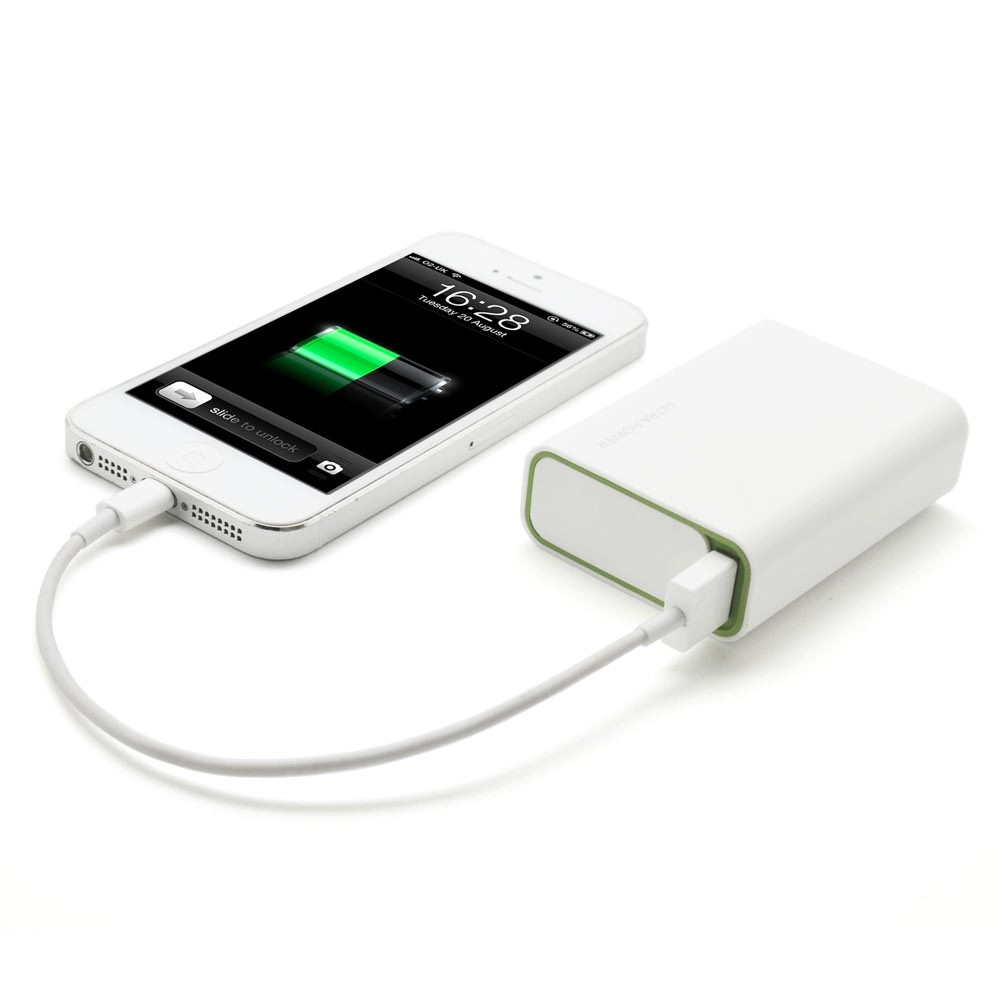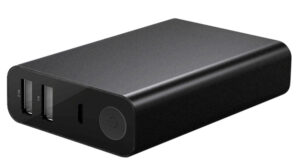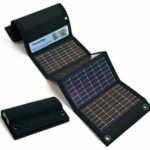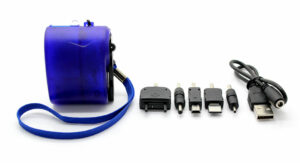
The technology age is upon us, which means that we need to have access to power wherever we are. Consequently, we are looking for alternatives to wall sockets – especially so in South Africa, with its load shedding and the lack of infrastructure.
Smartphones are handheld computers which a couple of years ago would have been the stuff of science fiction. We now manage our lives through one small device. Unfortunately, this device has power for only 8 to 12 hours and the more we use it the quicker it goes. So, what possibilities are out there to keep our precious phones on?
We look at three external charging devices that can be used to charge your phone and compare them in terms of efficiency, cost and size.
Power banks
Power banks have become very popular as an on the move battery charging devices. A power bank is an external battery in a case with a circuit board and USB connections for hooking up your device. There are different types of power banks: economy, business and special power banks. They vary in battery size, economy being the lowest and special the highest.
- An economy power bank is usually lower than 3000mAh and mainly used to charge a cellphone.
- The business capacity power banks range from 3000mAh to 10 000mAh. They can charge several different devices at a time and cost more than the economy power banks.
- A special class power bank has a large battery which can charge laptops and can even jump start a car.
I will be focusing on economy power banks because they are as a rule used for charging a phone.
Efficiency:

A Power bank should charge a cellphone to at least 50% for a completely drained phone.
Cost:
It can range from R150 to R250
Size:
-89.5mm x 48.5mm x 21mm, about the size of a hard drive
Solar chargers
The main drawback of the power bank is that it needs to be kept charged in case of an emergency and therefore still requires a power socket. An alternative is to get a solar charger which can be used when the sun is out. Another advantage is that a solar charger has no environmental impact and can be used anywhere – as long as the sun shines on it. However, at night or on a cloudy day it won’t be very useful. There are two types of solar chargers. The ones with a battery act almost like a power bank(less the wall socket). The ones without a battery charge your phone directly and do not have a reserve; therefore, no sunshine means no charging.
The solar power charger does seem tempting; however, it costs more and is not as portable or slim as a power bank.

Efficiency:
Output is about 3 to 10 watts; however, some devices are unable to charge a tablet
Cost:
Between R500 and R1500
Size:
Size varies but it can be as large as a tablet when folded out, 330 x 305 x 38 mm
Dynamo charger
A dynamo has a permanent magnet inside which is rotated in the middle of some coils of wire. This produces a changing magnetic field and generates electricity in the coils of wire. There are several devices can be used to charge a phone. The most common is a handheld dynamo that you crank in order to charge your phone. There is also a dynamo which is fitted to your bike and another which can actually charge your phone while you walk. Even though this seems like a good idea, it does not provide as much energy as a solar or power bank charger. It is more time consuming as you physically need to interact with the dynamo. On the up side, dynamo chargers are much cheaper and more portable.
Efficiency:

About 5W charges at same speed as an electrical socket or more slowly
Cost:
R50 – R150
Size:
Pocket size, very portable
Conclusion
There are several options to keep you charged up when there is no electricity. Being green is becoming more and more important not only for the environment but also to save money. As technology develops in the years to come, there may be chargers that use body heat or gravity. Power banks and other charging devices bring us one step closer to being completely wireless.









